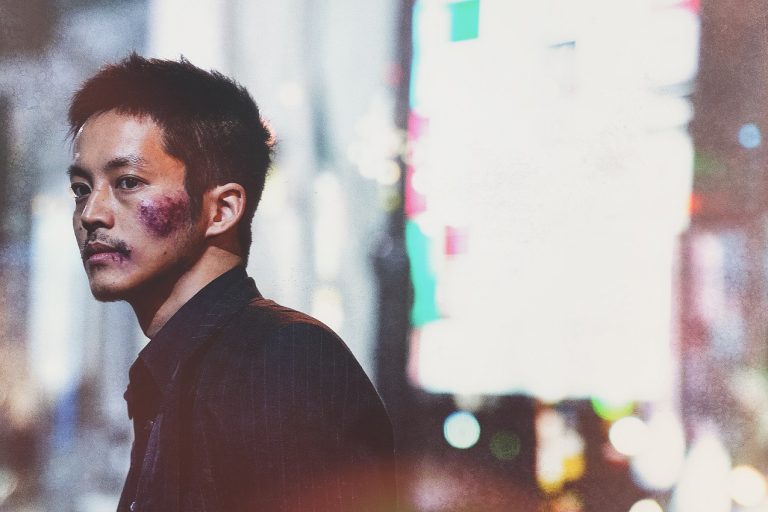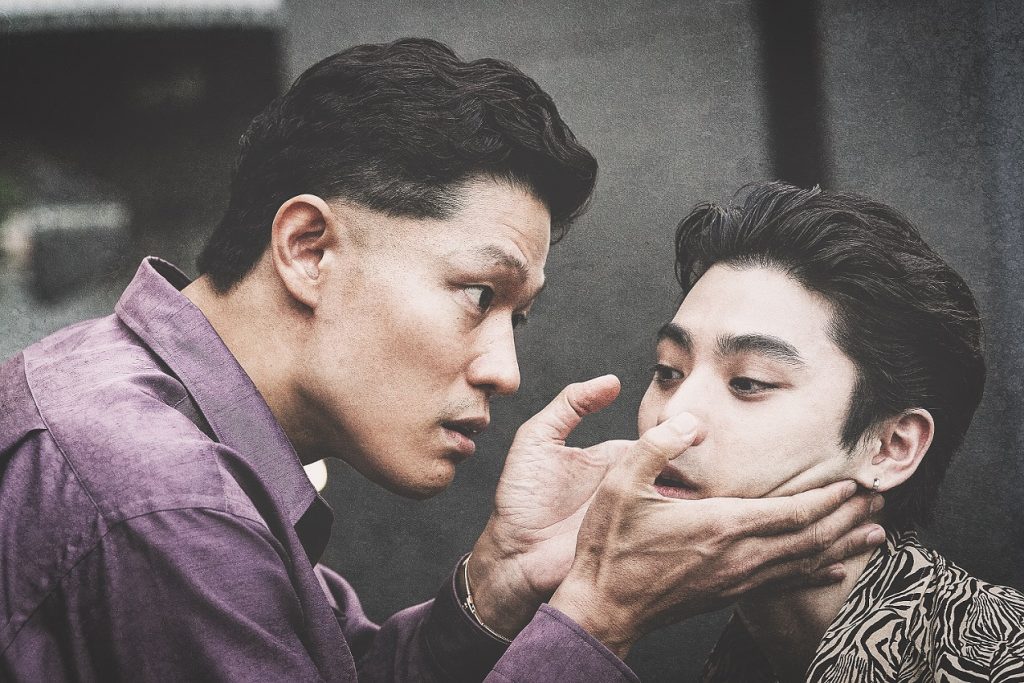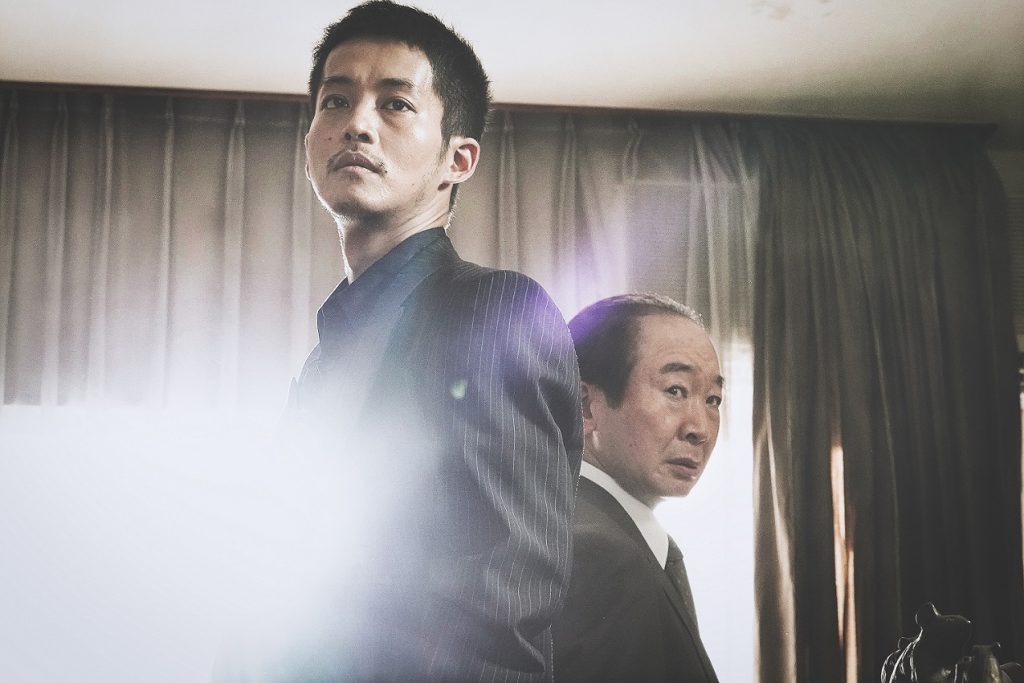
Peace is not an easy thing to accomplish, and, the harder it is to broker, the more fragile it’s likely to be. The need for resolution often arises from conflicts that have existed for generations, where those involved may ascribe to sensibilities and beliefs passed down to them without any real reason other than tradition. Habits can be very hard to break, and even a skilled mediator will eventually require the participation of all parties, including those less than eager to forgive past qualms. All it takes to disrupt a carefully-orchestrated calm is one bad actor, which can have vicious, irreversible consequences as shown in Last of the Wolves.
In 1991 Hiroshima, an unprecedented cooperation between the Odani and Itako gangs has been achieved. The stable peace that exists is brutally broken when Shigehiro Uebayashi (Ryôhei Suzuki) is released from prison and promptly murders the sister of a guard he disliked immensely, employing his signature eye-gouging move to leave his mark. Unwilling to respect the new system that has been set up, Uebayashi upends everything and leaves a trail of dismembered bodies in his wake. Police officer Shuichi Hioka (Tôri Matsuzaka), who has been instrumental in engineering the long-term ceasefire, is brought in to help with the investigation, one whose targets are clear but near-impossible to catch and get off the streets since the local police department is not fully intent on capturing him.

This film, which recently made its North American Premiere at the 20th New York Asian Film Festival, is the sequel to The Blood of Wolves, which screened at the 2018 edition of the festival. While its plot is connected and Hioka returns as a main character, this entry stands on its own, introducing its characters and their world through quick montages and reports to acclimate new audiences, including this reviewer. The treaty that was in place was evidently a major milestone, one whose cracks begin to show as soon as Uebayashi throws it all into chaos and forces his world back into its old ways.
Last of the Wolves is described as “not for the squeamish,” which is an appropriate warning. The very visual obliteration of a completely innocent character’s eyeballs early on is indication enough of what’s to come. The presence of such gratuitous violence is done in part to shock audiences but also to demonstrate the sheer disregard for human suffering that Uebayashi possesses, and how all those who witness his brutality do nothing to step in and stop him, likely paralyzed by the fear that they could with just a moment’s notice become the next victim of his unfeeling cruelty.

There is plenty of style on display in this gangster epic, which runs a lengthy 139 minutes. Throughout that time, it manages to be a period film, an action blockbuster, and a tragic drama about the collateral damage that comes from crime and absent policing, seamlessly moving from one mode to another. It also serves as a commentary on the corruptibility of law enforcement and the behavior those charged with protecting the community are willing to excuse for the supposed betterment of society.
In many ways, this story is a universal one that can be applied to warring crime families or gangs in any city or country, or even individuals who hold grudges against others and seek to execute revenge on their enemies. Yet its portrayal of the yakuza and these characters in particular is distinctly Japanese, with director Kazuya Shiraishi presenting a tale that feels instantly classic and capable of referencing years of cinematic tropes with this one sequel that, connected as it may be to the original, serves as a self-contained excerpt from a far lengthier saga of eternal conflict.
Grade: B+
Last of the Wolves made its premiere at the SVA Theatre during the 20th New York Asian Film Festival.

